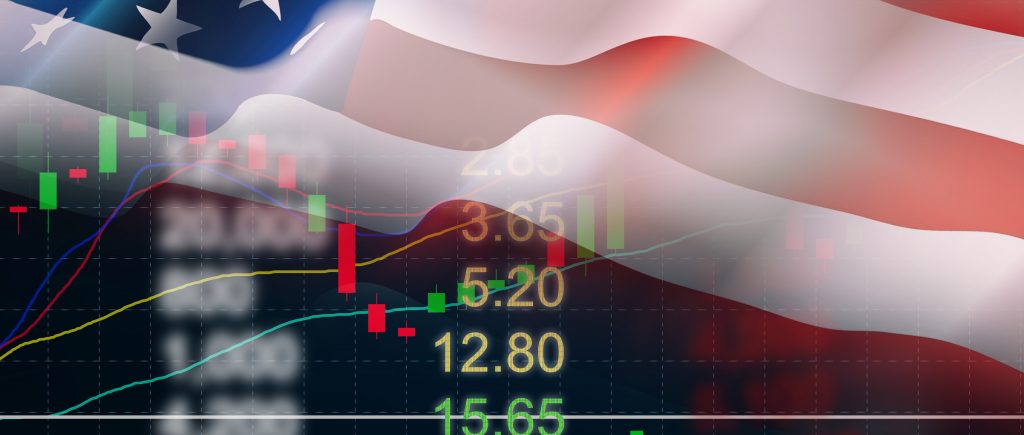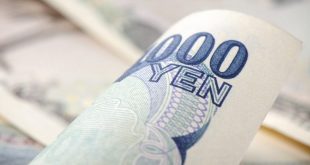Intel shares popped about 4% after the chipmaker announced it could soon see a turnaround. Speaking at a conference, CFO David Zinsner said the company’s data center division is starting to “turn the corner,” while adding that China inventory should start to ease after Q3 and that Q2 revenue will come in at the high end of its guidance.
Advance Auto Parts equities sank nearly 34% after the car parts retailer reported an adjusted earnings per share of 72 cents, widely missing analysts’ estimates of $2.57. Nvidia retreated 4.8%, taking a breather from their recent run.
HP stock fell nearly 5%. The action came a day after the tech hardware company reported mixed quarterly results. HP’s revenue of $12.91 billion fell short of the $13.07 billion expected from analysts polled by Refinitiv. Its adjusted earnings per share of 80 cents topped the 76 cents per share expected.
Earlier, stock indexes fell on Wednesday as a deal to raise the nation’s debt ceiling headed for a vote by lawmakers, while unexpectedly strong labour market data reinforced bets of another interest rate hike by the Federal Reserve.
A bill to lift the $31.4 trillion US debt ceiling and achieve new federal spending cuts made its way to the House of Representatives for debate on Tuesday and an expected vote on passage is due later on Wednesday.
House passage would send the bill to the Senate, where debate could stretch to the weekend, as a June 5 deadline loomed. All signs point to the deal getting done but there’s headlines about some Congress people who are against it. Until that deal is concluded, there will be a little bit of nervousness across most financial assets.
The debt ceiling debate has been an overhang for financial markets, but signs of progress have pushed the S&P 500 and the Nasdaq indexes toward monthly gains in May. The Nasdaq was on track for its best performance in May since 2020, rising 6.3%.
Data showed US job openings unexpectedly rose in April, pointing to persistent strength in the labor market that could push the Federal Reserve to raise interest rates again in June.
Traders are currently pricing in a nearly 70% chance of a 25-basis point increase at the Fed’s June 13-14 meeting.
Investors now await the Labour Department’s closely watched jobs report for May, due on Friday, which could show how resilient the economy has been to high interest rates and inflation.
 Noor Trends News, Technical Analysis, Educational Tools and Recommendations
Noor Trends News, Technical Analysis, Educational Tools and Recommendations





